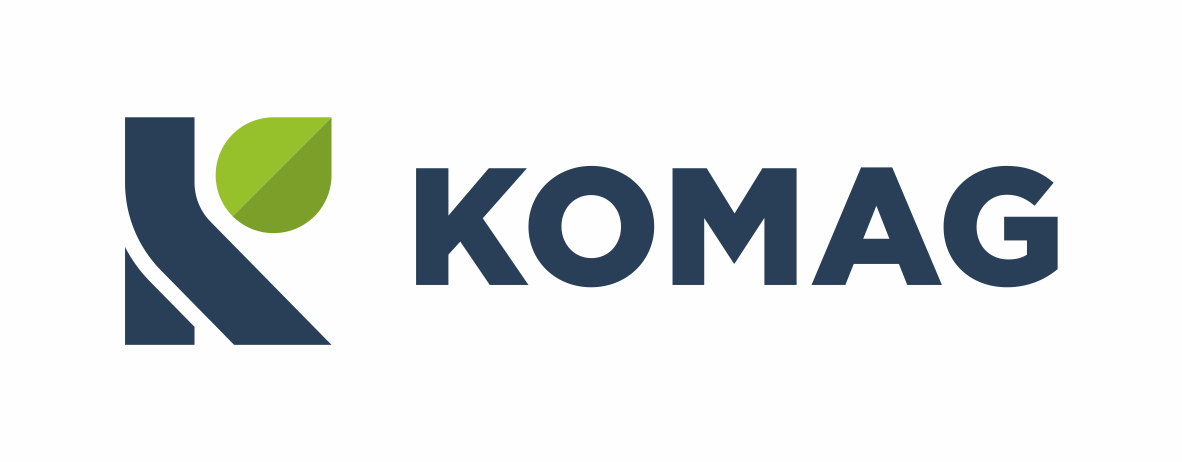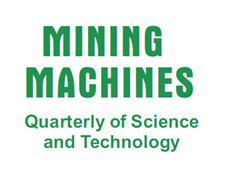Zdzisław Kłeczek, Dagmara Zeljaś
Monografia nr 12
Gliwice 2012, s.1-221, il., bibliogr. 41 poz.
ISBN 978-83-60708-61-3
cena egz. 35,00 zł
Problematyka utylizacji odpadów niebezpiecznych, zwłaszcza odpadów promieniotwórczych, należy do priorytetowych zadań w większości krajów wysoko uprzemysłowionych.
Aktualnie jedynym prawnie dopuszczonym w Unii Europejskiej sposobem gospodarki odpadami promieniotwórczymi jest ich podziemne składowanie. W prezentowanej pracy przeprowadzono analizę struktur geologicznych na terenie Polski wskazując, w zgodzie z obowiązującymi uregulowaniami prawnymi, strukturę skalną spełniającą wszelkie kryteria w odniesieniu do budowy podziemnego składowiska odpadów. Wykazano, że istnieją realne szanse na budowę centralnego, podziemnego składowiska odpadów niebezpiecznych, w tym promieniotwórczych, w strukturze cechsztyńskiej soli LGOM. Składowisko to spełniać będzie warunki bezpieczeństwa ekologicznego i ekonomicznie uzasadnionej opłacalności przedsięwzięcia. W pracy zaprezentowano szeroki wachlarz rezultatów badań realizowanych na materiale skalnym pochodzącym ze złoża solnego LGOM. Na konkretnym przykładzie przeanalizowano stateczność struktury pod- ziemnego składowiska i dokonano jej oceny. Zaprezentowany sposób podejścia do zagadnienia wychodzi naprzeciw realizowanym planom Rządu w sprawie rozwoju polskiej energetyki jądrowej i zadań związanych z poszukiwaniem miejsca lokalizacji podziemnego składowiska odpadów niebezpiecznych w Polsce.
Scientific basis for and practical principles of con- struction Poland underground repository of hazar- dous waste
The issue of disposal of hazardous waste (especially radioactive waste), is one of the priority tasks in most industrialized countries. Currently, the only legally approved in the European Union method the radioactive waste management is the geological storage. Within this paper were analyzed the Polish geological structures. Showed, accordance with current regulation, the rock salt of the LGOM structure of that meets all the criteria with respect to construction of an underground storage. It had shown that there are real opportunities to build a central, underground storage of hazardous waste, including radioactive, the Zechstein salt structure located in the LGOM. The underground storage will meet the conditions for environmental safety and viability of the project economically reasonable. The paper presents the wide range of research results realized on rock material coming from salt deposits located in the LGOM. The concrete example were analyzed of stability underground structures repository and its evaluation. Presented approach to the issue responds to the plans of Polish Government within realized the plans on the development of Polish nuclear power and tasks related to the search for places for locating the underground storage of hazardous waste in Poland.





 Badanie bezpieczeństwa wyrobów
Badanie bezpieczeństwa wyrobów Klaster Maszyn Górniczych
Klaster Maszyn Górniczych